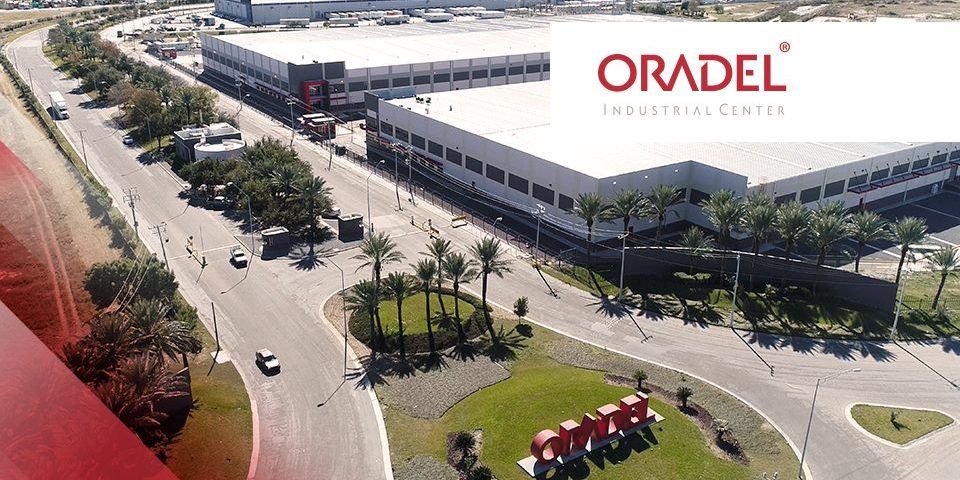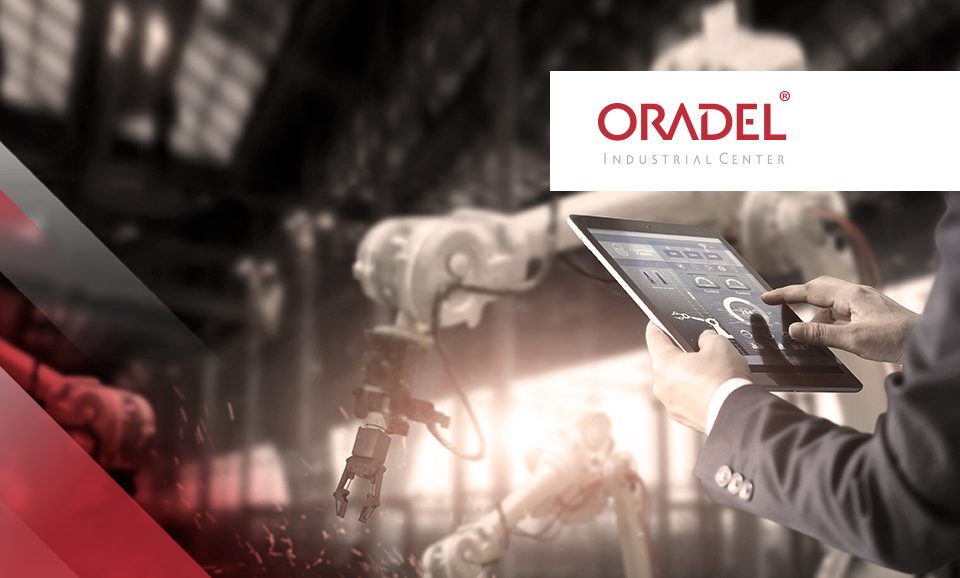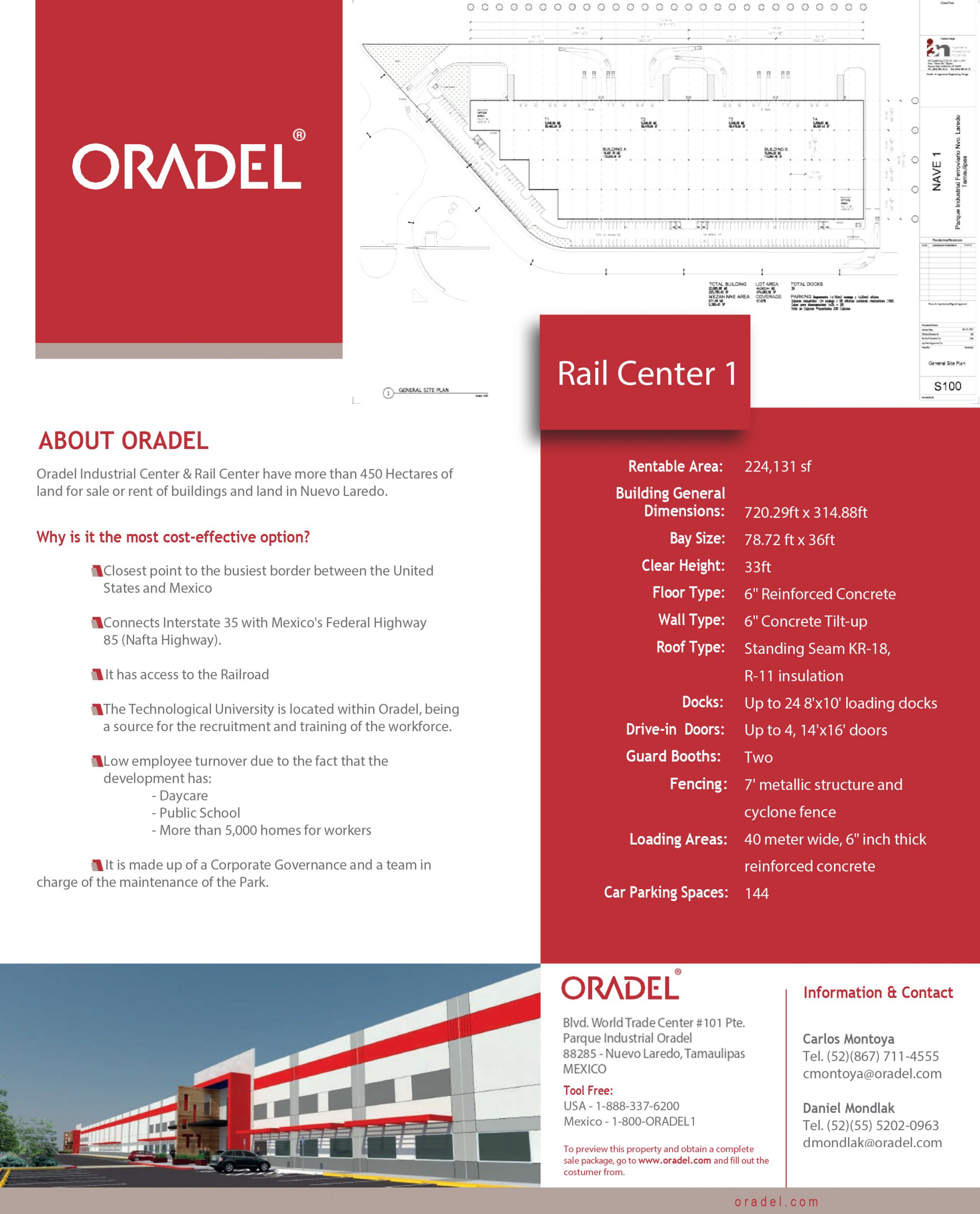New generation of industrial parks

The manufacturing industry in Tamaulipas is considered the engine of the economy
7 May, 2020
New opportunities for industry in Mexico
7 May, 2020
Nueva generación de parques industriales
De manera constante, a nivel mundial se han estado presentando situaciones adversas, como la guerra comercial entre Estados Unidos y China, la negociación del T-MEC, las presiones migratorias, la inseguridad y el Covid-19, lo cual ha generado incertidumbre en los mercados; no obstante, los parques industriales en el mundo se están renovando para mantener una sólida oferta que pueda satisfacer la demanda.
Claudia Ávila Connelly, directora general de la Asociación Mexicana de Parques Industriales Privados (AMPIP) afirma que dicho dinamismo se debe a que la Inversión Extranjera Directa (IED) continúa llegando a México, debido a factores como el crecimiento de la economía de Estados Unidos, que aún estando por debajo de lo planeado, al final de 2019 registró un crecimiento superior al 2%; y a la confianza del consumidor en ese país que registra índices altos hasta febrero de 2020.
La ocupación de una zona industrial está estrechamente ligada a los flujos de IED de los sectores de manufactura y logística, porque continúa siendo una región atractiva para las empresas globales por su posición geográfica privilegiada y vocación manufacturera, lo que le permite integrarse a las cadenas productivas de América del Norte. Además, en México existe disponibilidad de talento humano, infraestructura, conectividad, costos competitivos, estabilidad macroeconómica y un amplio mercado doméstico.
Trends driving change in an industrial park
Beyond the current situation, long-term trends are bringing about fundamental changes in the industrial real estate market, including the following:
-Climate change: This factor is encouraging companies to set up in places that allow energy savings, the use of renewable energies and the reuse of water, as well as responsible waste management, so that at the next level, demand is geared towards the circular economy based on the establishment of systems that facilitate the use of waste to manufacture products or services.
-United Nations (UN) Agenda 2030: This agenda sets out Sustainable Development targets to raise awareness among companies about the need to implement Environmental, Social and Governance (ESG) standards in order to mitigate the impact on the environment and promote respect for human rights and community development.
-Technological disruption: This situation is breaking traditional business models and value chains, including real estate. E-commerce leads to lower consumption in physical stores, thereby accelerating the closure of retail chains. This, in turn, means greater demand for industrial buildings for distribution and storage located within urban areas to serve e-commerce.
At the same time, the increase in robots replacing the workforce will have a major impact on the size and scale of industrial facilities. Similarly, Information Technologies (IT) are driving a switch from physical options to digital ones in a number of productive activities.
-The human factor: Today workers demand spaces with amenities to improve their experience in the work environment. Beyond wages, people are seeking conditions that provide better quality of life during their workday, such as green and recreational areas, day care centers, training centers, basic health and first aid centers, consumer centers, ATMs, cycle tracks, public transportation, among other things, which are becoming the new requirements of customers in an industrial area to reduce staff turnover and increase productivity.
All these trends are creating opportunities for an industrial park to be smart, green and community-friendly. In addition, institutional investors are leaning towards companies that invest in technology for the buildings of the future.
These disruptive forces pose a major challenge for industrial real estate developers, so it is necessary to plan ahead and prioritize user needs. In other words, it will not be enough to think only about infrastructure, rents and financing, as a proactive attitude towards meeting the new demands of the market will also need to be taken.
Route map to 2030
In view of the trends mentioned above, AMPIP recently presented its Roadmap for the new generation of intelligent and sustainable industrial parks towards 2030, identifying the different situations that will need to be addressed along with the strategic steps for meeting objectives.
According to Claudia Esteves, an external contributor of AMPIP, over the last four decades, industrial parks have attracted investments from large national and foreign companies belonging to the country’s main productive sectors, such as automotive, aerospace, electrical, electronics, high tech, retail, foreign trade and logistics.
According to Claudia Esteves, an external contributor of AMPIP, over the last four decades, industrial parks have attracted investments from large national and foreign companies belonging to the country’s main productive sectors, such as automotive, aerospace, electrical, electronics, high tech, retail, foreign trade and logistics.
Oradel as part of a new generation of industrial parks
Since its inception in 2000, Oradel Industrial Center has been committed to sustainability, the environment and the companies that have set up their operations in this industrial park.
Oradel has paid special attention to having infrastructure and an extensive area for constructing industrial buildings and premises in accordance with the needs of each client.
In addition, it offers many benefits within the park for all company workers, such as five thousand homes for them and their families, day care, public school, the Technological University of Nuevo Laredo, security and utilities.





